Types of Forecasting Methods:
- Qualitative Methods: These methods rely on expert opinions, market research, and customer surveys to predict future demand.
- Quantitative Methods: These methods use historical sales data and statistical techniques such as time series analysis and regression analysis to make forecasts.
- Causal Methods: These methods consider the cause-and-effect relationships between sales and external factors such as economic indicators, population demographics, and advertising expenditure.
- Time Series Analysis: This method involves analyzing past sales data to identify patterns and trends that can be used to forecast future sales.
- Regression Analysis: This statistical technique is used to identify the relationship between sales and other variables like price, advertising expenditure, and seasonality.
Factors Affecting Demand:
- Price: Changes in price can have a significant impact on demand. Generally, as the price of a product decreases, the demand for it increases, and vice versa.
- Consumer Preferences: Shifts in consumer preferences and trends can influence demand for certain products or services.
- Seasonality: Demand for certain products may vary based on seasonal factors such as weather, holidays, or cultural events.
- Competitor Actions: The actions of competitors, such as pricing strategies and product launches, can impact the demand for a product.
Key Metrics and KPIs:
- Sales Volume: The total number of units sold over a specific period of time.
- Market Share: The percentage of total sales in a market that is captured by a company's product or service.
- Inventory Turnover: The number of times inventory is sold or used in a given time period.
- Forecast Accuracy: A measure of how close the forecasted sales are to the actual sales.
◂Math Worksheets and Study Guides Sixth Grade. Statistics
Study Guide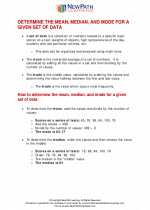 Statistics
Statistics  Worksheet/Answer key
Worksheet/Answer key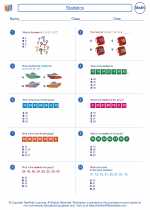 Statistics
Statistics  Worksheet/Answer key
Worksheet/Answer key Statistics
Statistics  Worksheet/Answer key
Worksheet/Answer key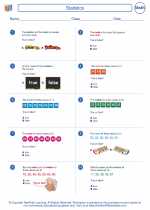 Statistics
Statistics  Worksheet/Answer key
Worksheet/Answer key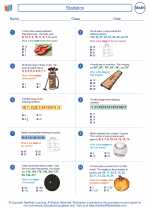 Statistics
Statistics  Worksheet/Answer key
Worksheet/Answer key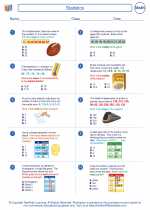 Statistics
Statistics  Worksheet/Answer key
Worksheet/Answer key Statistics
Statistics 

 Worksheet/Answer key
Worksheet/Answer key
 Worksheet/Answer key
Worksheet/Answer key
 Worksheet/Answer key
Worksheet/Answer key
 Worksheet/Answer key
Worksheet/Answer key
 Worksheet/Answer key
Worksheet/Answer key
 Worksheet/Answer key
Worksheet/Answer key

The resources above cover the following skills:
Data Analysis and Probability (NCTM)
Select and use appropriate statistical methods to analyze data.
Find, use, and interpret measures of center and spread, including mean and interquartile range.